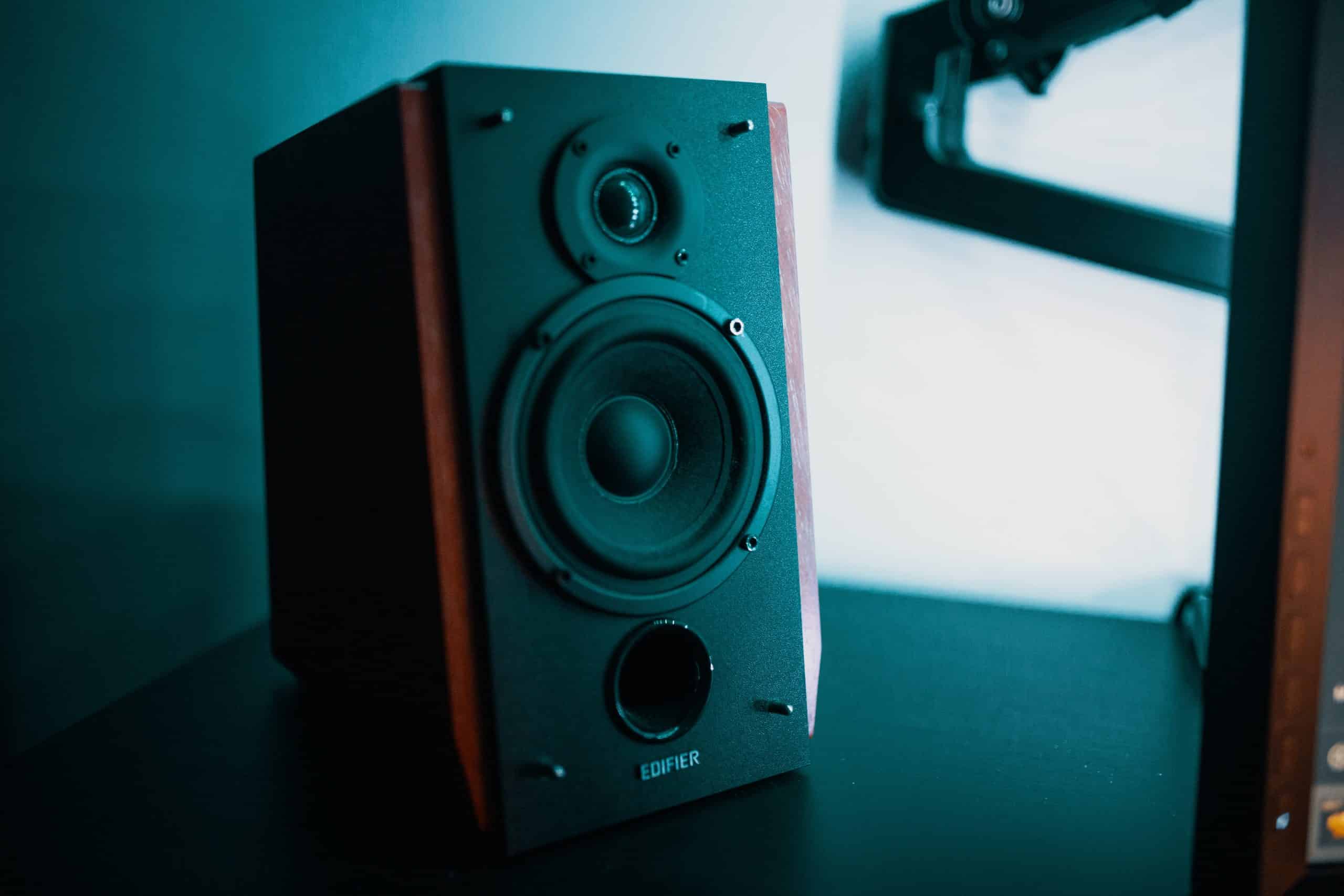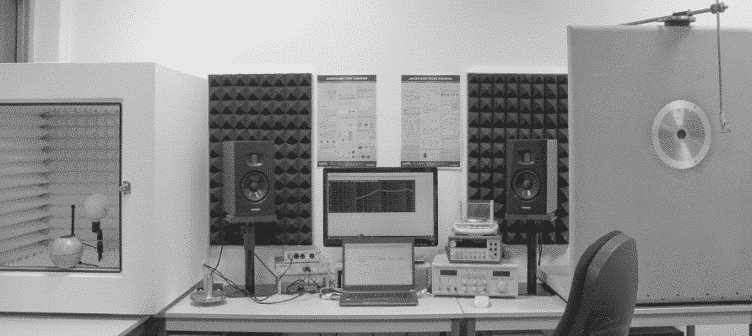
Acoustic reviews
Get the latest SELTECH news about our innovative technology through our acoustic reviews. Follow us on social media to not miss anything.

Vibrational haptics – Mechanics behind touch sensation
Originally inspired by telegraph and telecom domains, the audio industry has seen first uses of the audio equalization with…

Audio Equalization: an easy way to enhance the low frequency content of your speaker system
Originally inspired by telegraph and telecom domains, the audio industry has seen first uses of the audio equalization with…

Why using onsemi’s Ezairo Preconfigured Suite (Pre Suite) firmware ?
There are various components that are included in Hearing Aid devices . The key components that are inside every hearing aid device are a microphone, DSP (Digital Signal Processor), speaker (commonly called a receiver within the industry), a battery, and a shell that encloses all the components. Onsemi serves the Hearing Aid market with DSPs, and electronic peripherals such as EEPROMs, radio ICs, and power management components useful for integrating rechargeable batteries. Onsemi’ solutions are offered as entirely programmable by the customer, called open-programmable products, and fully featured turnkey solutions with algorithms to load on the device, called Preconfigured

Helmholtz Resonator – Working Principle with Two Popular Application Examples
Introduction and Working Principle Originating from a setup created by Hermann von Helmholtz in the 1850s for determining sound pitches, this resonator consists of two main parts: a cavity and a neck, structured together as shown in Figure 1. When excited by an acoustical wave, the system will resonate at a frequency 𝑓₀, as given by the formula below, thereby creating an aero acoustic source. Two popular application examples in speaker systems Bass-Reflex Enclosure A Bass-Reflex enclosure (illustrated in Figure 2) typically utilizes Helmholtz resonance to extend the low-frequency response of a speaker system. When examining the electrical input

Passive ways of extending speaker enclosure low frequencies
When integrating a speaker into a device, it is essential to isolate its front radiation space from that of the rear. This is done in practice by building an enclosure dedicated to the transducer. However, by doing so the rear volume of air applied to the speaker becomes an acoustic load acting as a high-pass filter on the system response: the smaller the volume, the more the low frequencies are filtered. Two well-known techniques in the industry for recovering some low frequencies are the Bass-Reflex (BR) and the Passive Radiator (PR), respectively invented by A. L. Thuras in 1932

1-dimensional microphone arrays: focus on Broadside and End-fire arrangements
In noisy environments, accurately picking up sound from a specific location is often a challenge. Since using conventional directive microphones may sometimes not be adequate or sufficient, beamforming techniques are nowadays widely considered in the audio industry. Focusing on 1-dimensional arrays, two well-known arrangements, named Broadside and End-Fire, simply consist of multiple omnidirectional microphones separated by a certain distance (fixed in the simplest cases). For the first configuration (illustrated in Figure 1), microphones are configured perpendicularly to the incoming wave direction, and the simplest audio operation can just be a summation (fixed array case). In the second configuration illustrated
